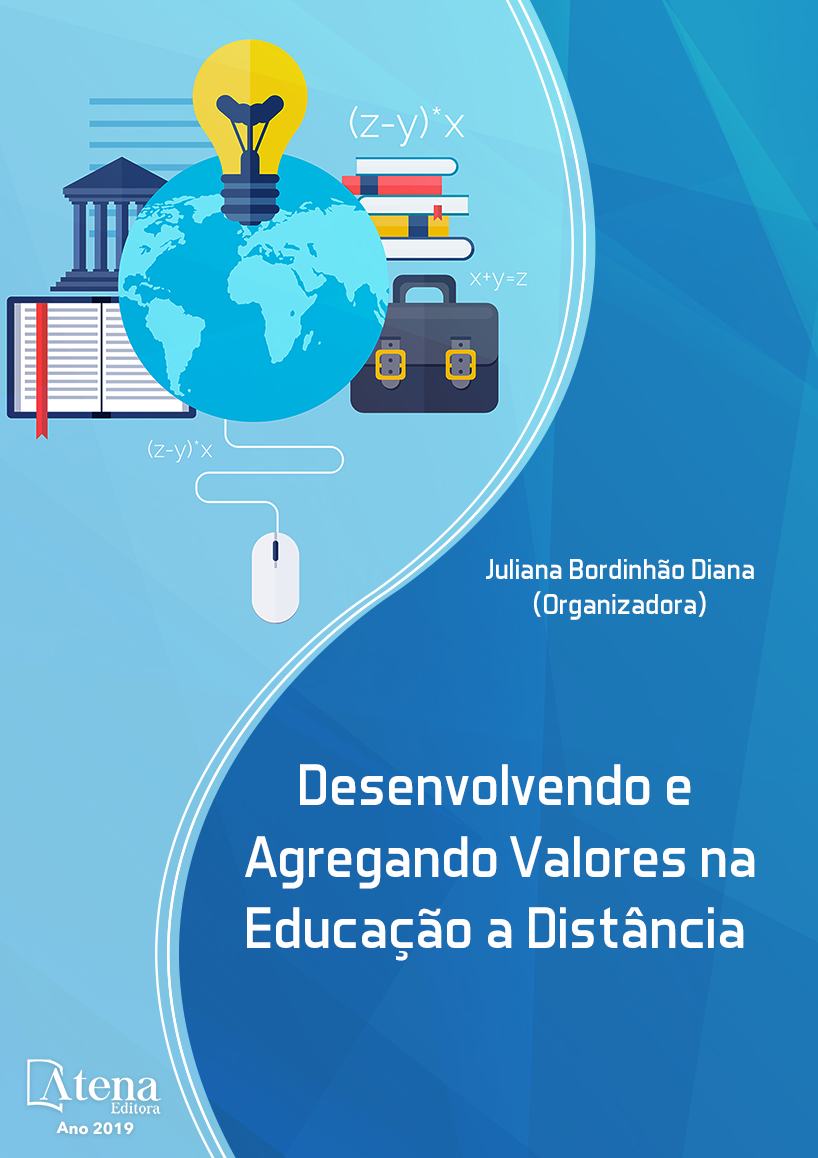
EDUCAÇÃO A DISTÂNCIA: NOVOS PAPÉIS DO ALUNO, DO PROFESSOR E DA INSTITUIÇÃO EDUCACIONAL
O artigo busca refletir sobre os novos
papéis do aluno, do professor e da instituição
educacional, trazidos pela Educação a
Distância (EaD). Tem como objetivo apresentar,
explanar e caracterizar os desafios existentes
na oferta da EaD para cada uma das partes
nela envolvidas, em particular. Para tanto,
utilizou as seguintes metodologias: o método
crítico-dialético como o seu eixo epistemológico
de investigação, historicizando o tema; o
método hipotético-dedutivo como o seu eixo
lógico de investigação; e como eixo técnico foi
utilizado a base procedimental não participante,
realizando-se um levantamento bibliográfico,
com base em pesquisadores renomados do
tema como Moore e Kearsley (2007), Maia e
Mattar (2007), e Niskier (2000). Discute que a
inserção das Tecnologias Digitais da Informação
e Comunicação (TDICs) no processo ensinoaprendizagem
trouxe, por um lado, desafios
maiores para o aluno, o professor e a instituição
educacional, que hoje precisam estar mais
preparados para aprender e ensinar, mas, por
outro lado, trouxe grandes vantagens, dentre
as quais a flexibilidade espacial e temporal
para estudar, ambientes de aprendizagem mais
agradáveis, atraentes e interessantes, modo
dinâmico e híbrido de aprender. Conclui que tal
sistema trouxe a exigência do desenvolvimento,
para todas as referidas partes, de novas
competências, em especial o domínio no uso
das TDICs, o autodidatismo e maior capacidade
no gerenciamento do tempo.
EDUCAÇÃO A DISTÂNCIA: NOVOS PAPÉIS DO ALUNO, DO PROFESSOR E DA INSTITUIÇÃO EDUCACIONAL
-
DOI: 10.22533/at.ed.1951911091
-
Palavras-chave: EaD; docência; ensino superior.
-
Keywords: DE; distance learning; teaching; higher education.
-
Abstract:
The article seeks to reflect on the
new roles of student, teacher and educational
institution, brought by Distance Education (EAD).
It aims to present, explain and characterize
the existing challenges in the provision of
distance education for each of the parties to it,
in particular. Therefore, we used the following
methodologies: the critical-dialectical method as
its epistemological axis research, historicizing
the theme; the hypothetical-deductive method
as its logical axis of research; and as a technical
shaft was used to nonparticipating procedural
basis, performing a literature based on renowned
researchers theme as Moore and Kearsley
(2007), Maia and Mattar (2007), and Niskier
(2000). It discusses that the insertion of Digital
Information and Communication Technologies
Desenvolvendo e Agregando Valores na Educação a Distância Capítulo 1 2
(TDICs) into the teaching-learning process has brought greater challenges for the
student, the teacher and the educational institution, who today need to be more
prepared to learn and teach, , on the other hand, brought great advantages, among
them the spatial and temporal flexibility to study, pleasant, attractive and interesting
learning environments, dynamic and hybrid learning. It concludes that such a system
has led to the requirement for all parties to develop new skills, especially in the use of
TDICs, self-learning and greater capacity in time management.
-
Número de páginas: 15
- ÁLAZE GABRIEL DO BREVIÁRIO
- ALAZE GABRIEL DO BREVIARIO


